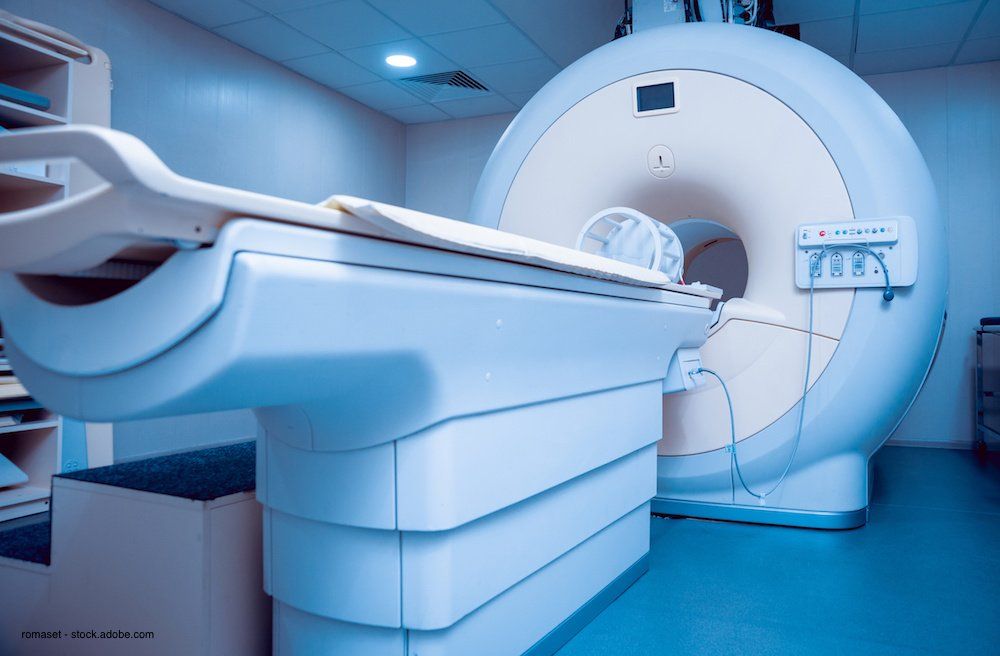Article
AUA updates policy statement on mpMRI for prostate Ca
Author(s):
“There is now sufficient data to support the use of prostate MRI in all men before their initial prostate biopsy when the MRI is of sufficient quality,” says policy statement co-author Marc A. Bjurlin, DO, MSc.
romaset - stock.adobe.com

There are important changes for urologists to note in the newly published update of the AUA’s policy statement on multiparametric magnetic resonance imaging (MRI) for diagnosing, staging and managing prostate cancer, according to policy statement co-author Marc A. Bjurlin, DO, MSc.
This update to the original statement, published October 2017, is now endorsed by both the AUA and the Society of Abdominal Radiology, according to Dr. Bjurlin, of Lineberger Comprehensive Cancer Center, University of North Carolina, Chapel Hill.
Read: Longer-term statin use linked to prostate cancer risk reduction
“We have several more experts on our panel from the radiology community who contributed, and this was new from the very first policy statement. The second major update we made is there is now sufficient data to support the use of prostate MRI in all men before their initial prostate biopsy when the MRI is of sufficient quality. Our initial statement didn’t have enough data to support that indication,” Dr. Bjurlin told Urology Times. The updated statement was published online ahead of print in the Journal of Urology (Oct. 23, 2019).
In essence, research supports use of a quality prostate MRI before an initial biopsy in men at risk of harboring prostate cancer and in men with a rising PSA after an initial negative standard prostate biopsy, the expert panel wrote.
Next: Insufficient evidence to recommend MRI for prostate cancer screening, staging, or surveillanceThere is insufficient evidence, however, to recommend MRI for prostate cancer screening, staging, or surveillance, according to the policy statement.
Multiparametric MRI is a proven valuable tool for diagnosing and managing men at prostate cancer risk. Prostate MRI is usually called multiparametric MRI because it incorporates use of anatomic and functional pulse sequences, according to the statement.
In active surveillance, multiparametric MRI improves providers’ ability to identify occult intermediate- and high-risk prostate cancer. A patient whose MRI suggests occult clinically significant disease should have a repeat MRI targeted and systemic biopsies before he chooses active surveillance. But, panel members noted, there isn’t sufficient data to support the use of repeat MRI without a confirmatory prostate biopsy when monitoring men on active surveillance. They also suggested that urologists and other providers could consider using multiparametric MRI along with other risk stratification options, such as PSA density or genomic profiling, to enhance active surveillance.
Also see:Fusion transcript shows potential for prostate cancer biomarker
Dr. Bjurlin described the policy changes in real-life urology practice like this: “In men who have been found to have an elevated PSA, after a shared decision-making process, if they elect to proceed with a prostate biopsy, there is now data to support that they should undergo an MRI prior to their initial biopsy. Previous data only supported that men who had a negative biopsy but still had a suspicion of harboring some occult prostate cancer get an MRI.”
When Dr. Bjurlin sees patients with elevated PSAs, he discusses the utility of an MRI-that it will help to identify an abnormal area that may be suspicious for harboring cancer.
“We can then discuss, based on that suspicion level, how we’d like to proceed with management, which will often be a biopsy targeting that specific MRI region of interest,” he said.
















